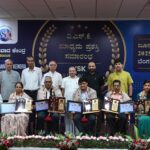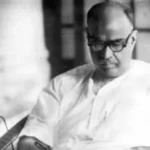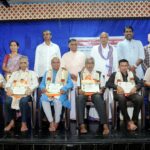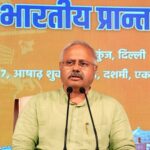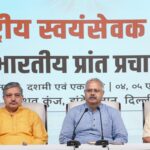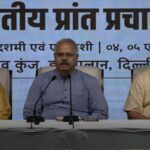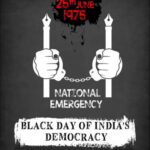Kalyan Barooah
NEW DELHI, Feb 11 – The Centre and some State governments including Assam Government may be underplaying the problem of illegal influx from Bangladesh, but the Central intelligence agencies had red flagged the problem way back in the 1950s even recommending a thorough census along with the national census to ascertain the dimension of the problem.
In a rare glimpse into the thinking of the country’s premier agency, the IntelligenceBureau (IB), about the problem of illegal influx, a former chief of the agency, TV Rajeswar, who had also served as Governor of West Bengal, Sikkim and Lt Governor of Arunachal Pradesh, acknowledged that the problem of migration of Bangladeshis into India has been of considerable importance from the national security point of view.
“As Director of Intelligence Bureau (DIB) I was aware of the problem, which was slowly but steadily becoming more and more serious,” he has written in an article ‘The Reminiscences of an IB Officer” in The Indian Police Journal.
Several top sleuths, who were closely associated with the organisation at one point of time or other, have contributed in the special issue of the journal on the occasion of 125 years of the Intelligence Bureau. Some of the articles reveal interesting facts like the series of measures suggested by the IB to tackle the problem of illegal migrants were not implemented, an assessment given by the then Assam Governor and his over-enthusiastic adviser that Assam Agitation would fizzle out under police crackdown. The suggestion was challenged by the IB, which analysed that thousands would die proved to be correct.
Rajeswar, who was an IPS officer, served as the IB chief (1980-1983) during the tumultuous days when Assam Agitation was at its peak. In fact, he says in his article that the problem of illegal migration was flagged first by the first DIB BN Mullick (1950-1964). He (Mullick) had closely studied the issue and suggested a series of important measures to be taken by the Centre and the State, which were not implemented adequately due to various reasons including political compulsions.
“After the Janata Dal Government assumed office at the Centre, I wrote in January 1990 to IK Gujral with copies to the Prime Minister and the Home Minister, suggesting that a detailed study may be carried out by a committee consisting of senior officers from the ministries of External Affairs and Home, as well as from the State governments of West Bengal and Bihar followed by a thorough census, along with the national census of 1991, to ascertain the dimensions of the problem of illegal Bangladeshi immigrants into India,” he wrote.
In his article, Rajeswar revealed that the problem of illegal Bangladeshis was more serious in West Bengal than perceived earlier. In his first report after assuming office as Governor, he submitted a written report to the President and the Prime Minister about the problem. “After my tour of in the North Bengal districts, when I visited the border check posts and discussed the problem with local officials and the BSF officers, I wrote a detailed letter to Chief Minister Jyoti Basu on June 5, 1989,” he mentioned.
Another veteran North-east hand O.N.Srivastava in an article on the same issue, throws light on the behind-the-scene developments in IB during the controversial 1983 polls in Assam, when the State was under President’s Rule.
It was in 1983, when an important meeting was held with the Prime Minister in the chairdiscussing the Assam Agitation. The meeting was also attended by the DIB TV Rajeswar, the Governor of Assam and his adviser on law and order.
Both the Governor and his adviser favoured holding of election without any delay. They made it clear that holding election might lead to some localised violence and the CRPF might have to be used and 20-25 persons may die in the process. The agitators, who had by then not seen a strong lathicharge, would run away and agitation would fizzle out.
“What are you talking? Our senior officers have just the other day assessed the situation in detail… Violence would be so widespread that Assam administration would run out of policemen to reach everywhere… the number of casualties would run into thousands. It did not take a month for the DIB to be proven right,” writes Srivastava.
Courtesy: http://www.assamtribune.com/scripts/detailsnew.asp?id=feb1213/at05
